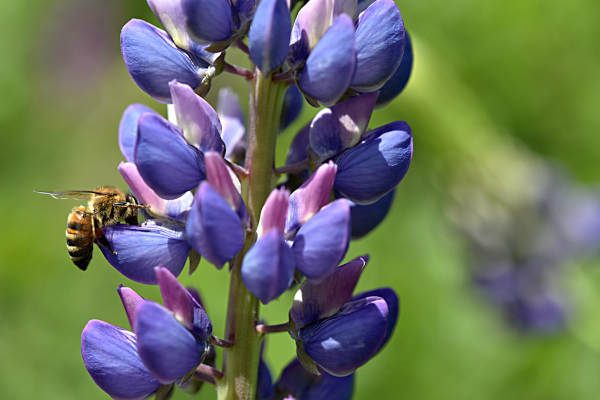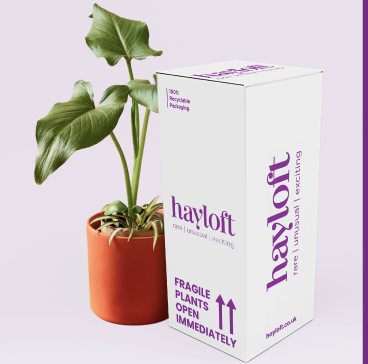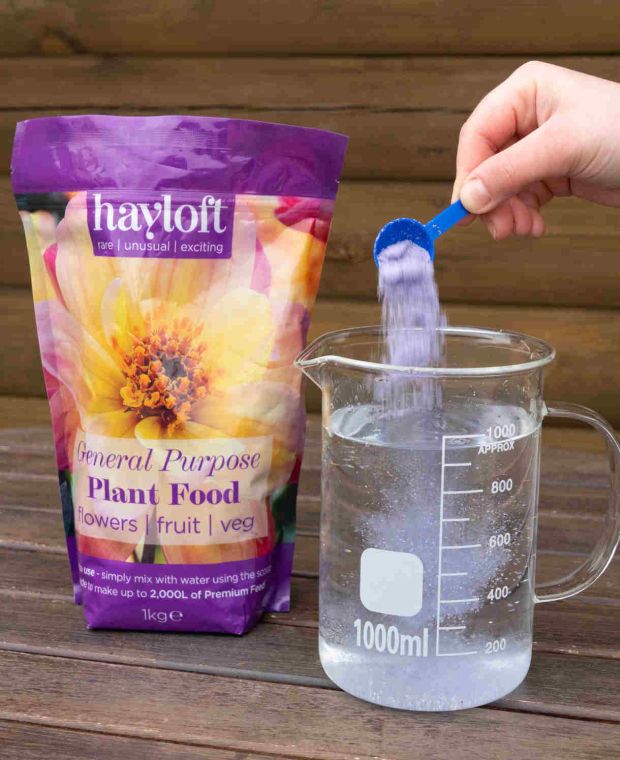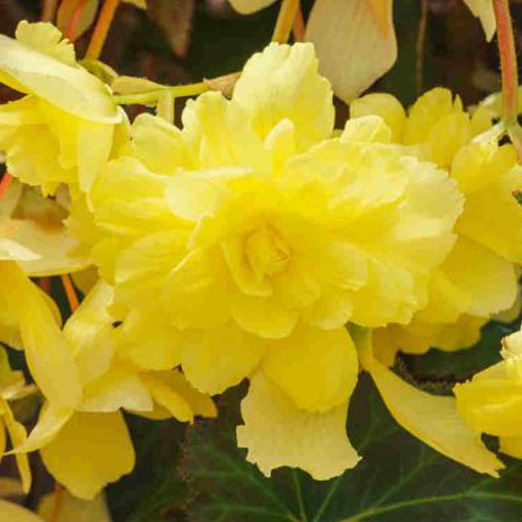How to grow Lupins
Classic cottage-garden plants, Lupins are undemanding herbaceous perennials which produce bold spires of colour in May and June, and distinctive palmate foliage with tends to occur mainly at the base.
There are over 200 species of Lupinus, including annuals and perennials, as well as a shrubby evergreen.
Incredible in contemporary planting schemes with grasses and airy-looking plants, or in the centre of borders where they will attract bumblebees with their pea-like flowers.
Lupins are available in a large range of colours, from fresh white to soft pinks and peaches, vibrant reds and yellows, to dark and moody purples. There is a Lupin to suit every garden!
We sell Lupins as bare roots, young plants, and potted plants. The Gallery series grow to around 60cm tall, and some of the larger varieties such as the West Country collection can grow to 1m tall, there are also evergreen varieties which can reach up to 2m.

Key Information
Soil pH
Position
Hardiness

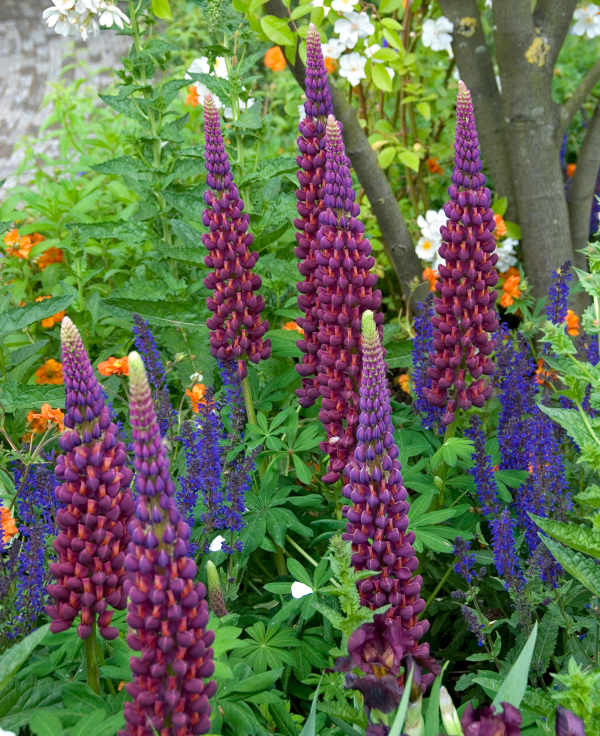
Where & when to plant Lupins
The heights of lupinus can vary considerably, so check individual descriptions to help you choose the right spot. Dwarf lupins such as the Gallery series can be used to edge a border or woven throughout a rock or gravel garden, whereas taller varieties such as the Russell hybrids can provide height towards the back of a border or in a wild garden.
Lupinus prefers well-draining, slightly poor soil, and therefore heavy wet soil is to be avoided. If you have the latter, consider instead growing your lupinus in a container filled with a gritty compost mix. This will need to be deep to accommodate a long tap root.
Lupins are members of the legume family, which means they have a large central tap root which, if disturbed, may not grow as well once resituated. They can be grown in pots, but form much larger and healthier plants if planted directly in the soil. Dwarf or annual Lupins are better suited to pots than the herbaceous perennial varieties.
How to plant Lupins
In the ground
- Clear the chosen area of weeds.
- Dig a planting hole several times larger than the root ball. If your soil is at all moist, add plenty of sand or horticultural grit to the planting hole and mix thoroughly. Avoid heavy, clay soil.
- Place the plant in the hole, ensuring the top of the root ball sits level with the surface of the soil. Too low and the plant may rot, too high and the roots can dry out.
- Backfill with soil and firm in gently.
- Soak well with water.
In a container
- Choose an appropriate container, ensuring it is a) deep and b) there are plenty of drainage holes in the bottom.
- Use a good quality potting compost with plenty of horticultural grit mixed in (aim for around 30% grit).
- Start by partially filling the pot with compost; enough so that when placed on it the upper surface of the root ball is about 3cm lower than the top of the pot.
- Infill all the space surrounding the root ball with compost, firming down with your fingers then adding a little more so the plant is held tight.
- Pick up the pot (if you can!) and lightly tap on the potting bench or ground a few times to help further settle the compost around the plant.
- Soak well with water.
- A mulch with horticultural grit will look attractive and help to prevent a ‘cap’ or crust forming on the top of the compost (something container plants can suffer due to the artificial nature of their watering).

What to plant with Lupins
Lupins are showy plants which stand out from the crowd and are best placed in the middle or back of the border where their vivid blooms can shine.
This cottage garden staple looks particularly effective in bold drifts amongst ornamental grasses and other flowering perennials. For best results combine its upright spires with a range of different flower forms, such as the flat umbels of orlaya and anthriscus, the open, daisy-like blooms of dahlia and leucanthemum, the rounded globes of allium and agapanthus, and the smaller, delicate textures of geranium, salvia, and phlox. Throw in some grasses such as pennisetum or miscanthus to complete the designer border!
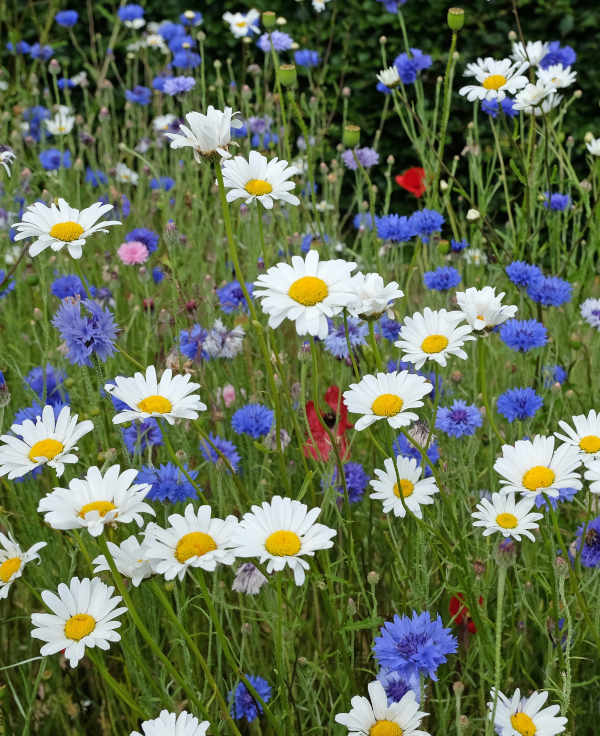
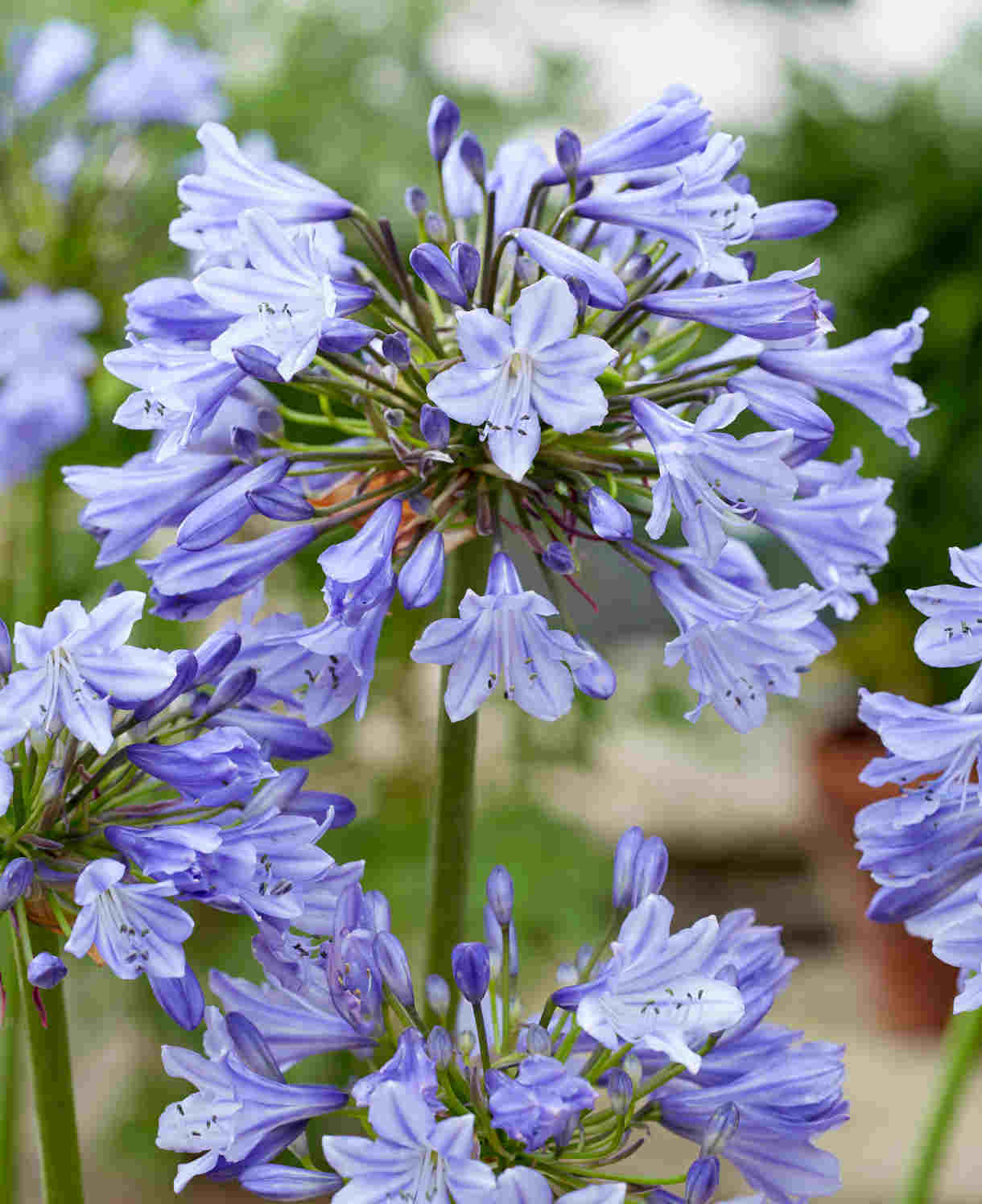
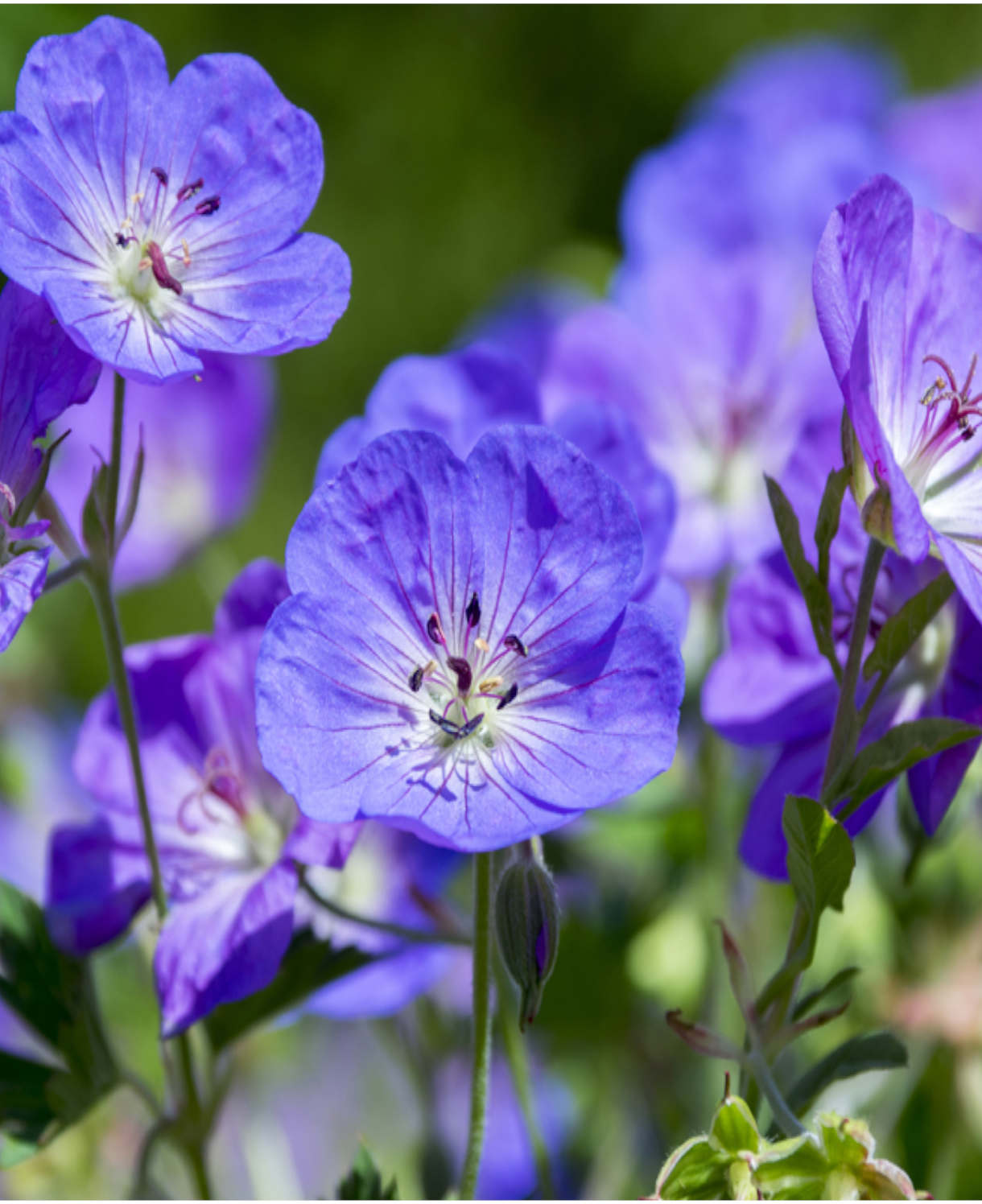
How to care for Lupins
Pruning and Deadheading
When the lower flowers at the base of the spikes start to die, deadhead your blooms taking care not to remove the smaller buds appearing below. These new buds will soon produce smaller, more delicate blooms which extend the flowering season.
Allow the foliage to die down naturally over autumn and winter. In spring, when new shoots emerge, the old foliage can be removed.
Watering
Water until established, then in dry spells thereafter. While drought tolerant, lupinus does appreciate consistent moisture in spring just as growth begins. Our climate will usually take care of this, though it is worth being mindful of it, nonetheless.
Once established, Lupins do not need feeding or watering (unless in periods of drought) as their roots have nitrogen-fixing nodules, and their large taproot is excellent at taking up water.
Cold Protection
Given adequate drainage, lupinus should overwinter easily with no need for additional protection.
As with all plants, those grown in containers can be more easily damaged by frosts and excessive winter wet. If you garden in an area prone to particularly cold winters, it can be a good idea to move pots into a cold frame or unheated greenhouse. If this is not an option, try wrapping your containers in fleece or hessian and moving them to where they will receive less rain, such as in the rain shadow of a wall.
Pests and Diseases
Lupinus can occasionally suffer with mildew, lupin aphid and slug damage. As always, we advise the first line of defence to be creating a healthy, balanced garden ecosystem and thus encouraging natural predators. This means choosing wildlife-friendly plants and eliminating use of chemicals, as well as using sustainable gardening practices (such as mulching) to provide optimum conditions for plant health. Researching the needs of individual plants and choosing a planting spot accordingly is also essential, as stressed plants are far more likely to succumb to pests and diseases than those which are thriving.
If aphids start to become a problem, they will weaken your plants. Cut off and destroy any severely affected flower spikes and use a strong hose to wash off the rest of the insects. Avoid using pesticides as these are very harmful to bees which will be feeding often on your flowers.
Lupins make wonderful cut flowers and should last around 7 days in the vase if you change the water regularly and place them away from direct sun and too much heat. They are phototropic and will bend and twist beautifully towards the light.
How to propagate Lupins
Lupinus can easily be propagated by basal stem cuttings in mid spring.
- Find several strong, basal shoots (originating from the crown) around 8cm in height.
- With sharp secateurs or a knife, sever cleanly from as close to the base as possible.
- Put them in a plastic bag straight away to prevent drying out.
- Fill a container with a compost mix which is at least 50% perlite (or if you prefer, as we do, 100% perlite).
- Remove leaves from the lowest third of the cutting.
- Insert the cuttings into the compost and water lightly. Several cuttings can be put in the same container if there is enough space to do this without them touching.
- Place in a greenhouse or propagating unit if you have one or covered with a plastic bag on a warm windowsill if not (out of direct sunlight).
- Keep the cuttings misted and occasionally watered until they root. You will know this has happened when roots emerge out of the bottom of the container.
- Gently remove rooted cuttings and pot them into individual pots. Grow on in a frost-free environment such a conservatory, greenhouse, or windowsill until they are large enough to plant out (autumn or spring being the ideal times of year to do this).
If flower spikes are left to mature on the plants, then seeds will form and drop onto the surrounding soil. These often germinate naturally and the seedlings can be carefully dug up with a trowel and potted on to grow larger before being planted out in the garden. You can also collect seed from the plants yourself and sow them undercover in spring in pots of loamy compost. They should germinate in 10-14 days at 10-15°C. Lupins grown from seed do not always come true to the original plant.
Common Lupin questions
Do lupins come back every year?
There are several different species of lupinus; some are annual (which last one year only), others are perennial (which die back over winter and return the following spring), and there is also an evergreen, shrubby species. At Hayloft we currently stock only the perennial types, which means they should return year after year.
Do lupins make good cut flowers?
Lupins are excellent cut flowers, with a vase life of up to a week. Picking first thing in the morning or later in the evening, when moisture levels are high, will increase their longevity.
Do lupins need full sun?
Ideally, yes. Partial shade will be tolerated, though can result in fewer flowers and a higher prevalence of problems such as powdery mildew. Full shade is a definite no.
Do lupins need feeding?
Lupins prefer soil which is low in nutrients, and therefore seldom require feeding. Having said this, poor flowering can be a sign of insufficient potassium levels. If you suspect this to be the case, apply a potassium-rich feed as per manufacturer instructions.
